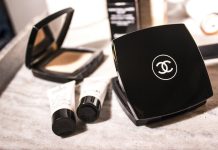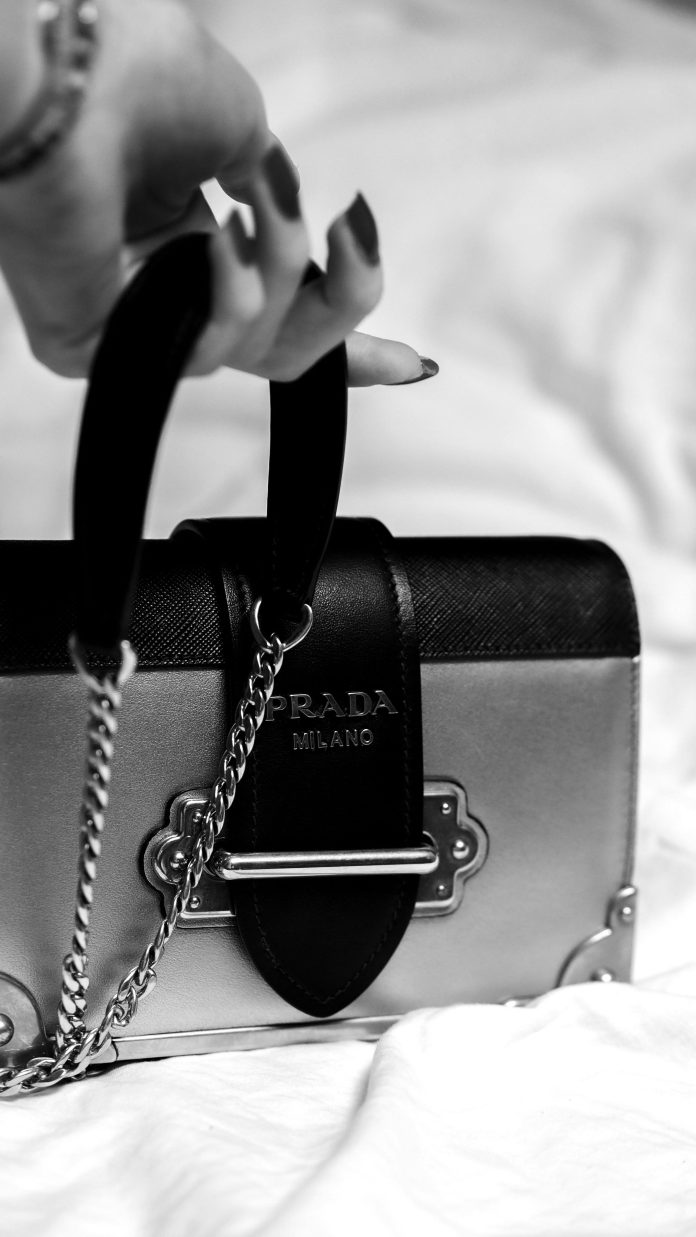In the ever-evolving landscape of fashion, luxury has long been synonymous with exclusivity, a realm reserved for the select few. Yet, as the digital age reshapes consumer habits and societal values shift, the question arises: is luxury fashion becoming more accessible, or does it remain an exclusive domain? This intriguing conundrum invites us to explore the delicate balance between tradition and innovation, where opulent designs meet democratizing forces. Join us as we unravel the threads of this sartorial paradox, examining how luxury brands are navigating the fine line between maintaining allure and embracing inclusivity.
Evolving Trends in Luxury Fashion Accessibility
The world of luxury fashion is undergoing a fascinating transformation. Digital innovation has played a pivotal role, with online platforms providing unprecedented access to high-end brands. This shift is marked by several trends:
- Collaborations with Streetwear: Luxury brands are increasingly partnering with streetwear labels, blending exclusivity with urban culture.
- Virtual Fashion Shows: Technology has democratized access, allowing global audiences to experience runway events in real-time.
- Second-Hand Luxury Market: Platforms like Vestiaire Collective and The RealReal are making luxury more attainable through resale.
However, the essence of exclusivity remains intact. Limited editions, bespoke services, and personalized experiences continue to uphold the allure of rarity. The balance between accessibility and exclusivity is delicate, with luxury brands carefully navigating this evolving landscape.
The Role of Technology in Democratizing Designer Brands
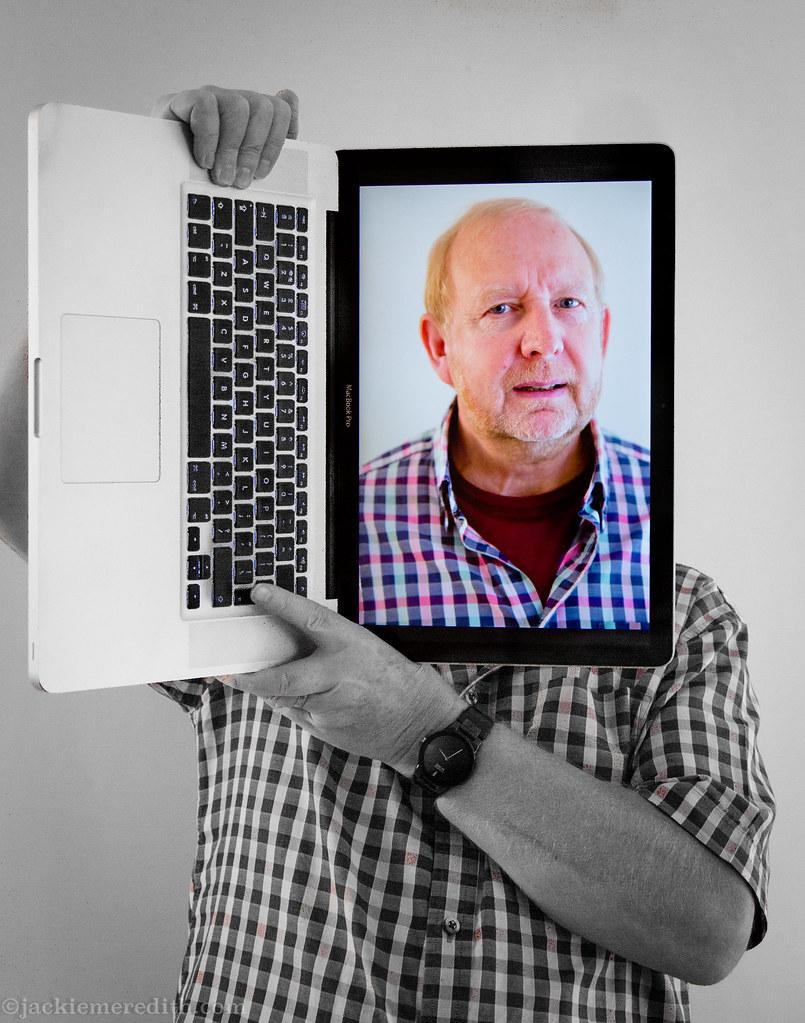
In recent years, technology has played a transformative role in reshaping the landscape of luxury fashion. Digital platforms and e-commerce have paved the way for designer brands to reach a broader audience, transcending geographical and socio-economic barriers. This digital revolution allows consumers from diverse backgrounds to explore and purchase high-end fashion pieces, once limited to exclusive boutiques in cosmopolitan cities. Furthermore, the rise of virtual showrooms and augmented reality fitting rooms has enhanced the online shopping experience, making it more immersive and personalized.
Technology also empowers consumers through social media and influencer marketing, which have democratized the way luxury brands are perceived and accessed. Fashion enthusiasts can now engage with their favorite brands directly, participate in live-streamed fashion shows, and enjoy behind-the-scenes content. However, while these advancements make luxury fashion more visible and approachable, the question remains whether they truly make it more accessible or merely maintain its allure by expanding its digital footprint. The essence of exclusivity, after all, may lie not just in physical access but in the brand’s ability to sustain its aspirational status amid widespread availability.
The Influence of Social Media on Fashion Perception
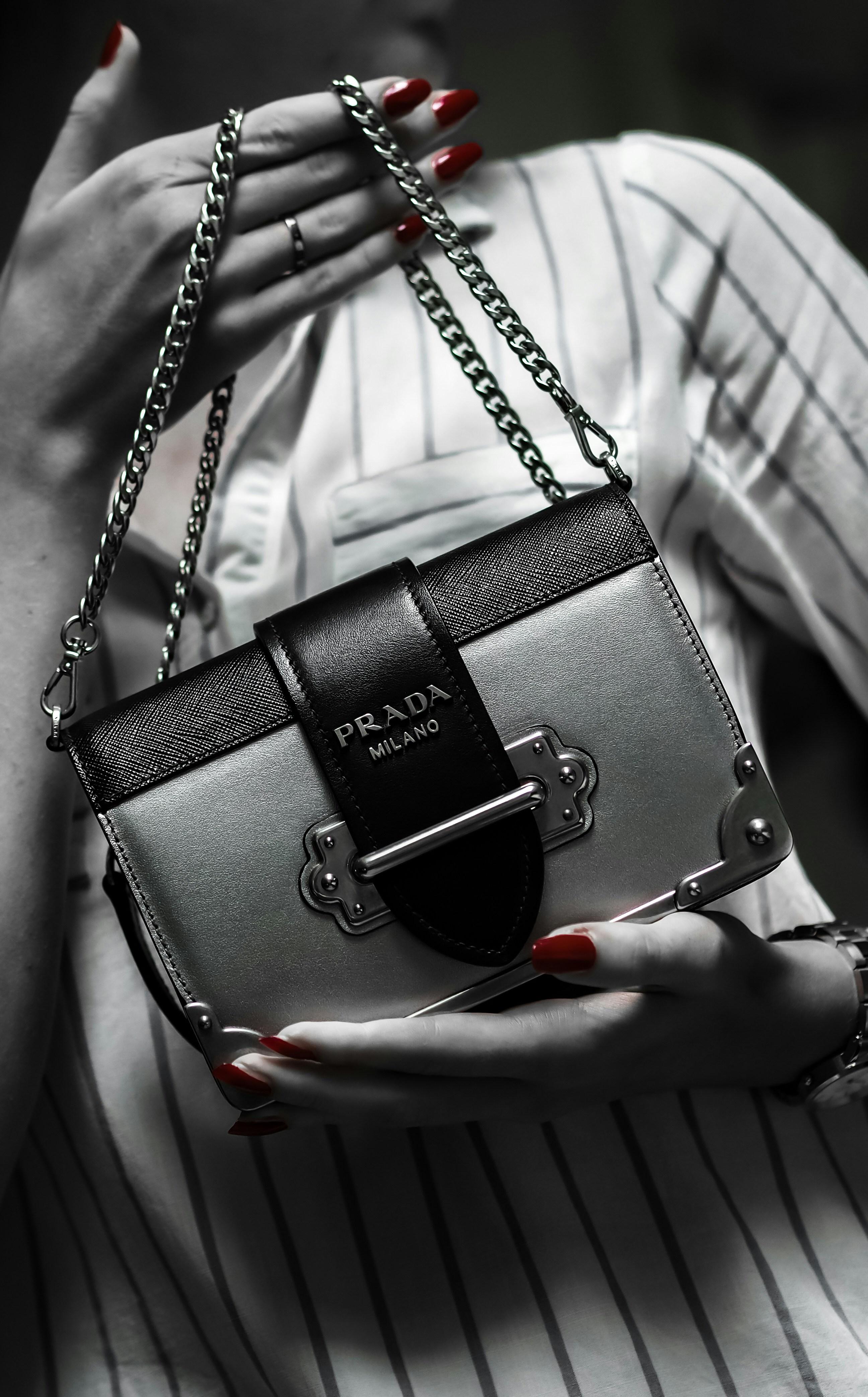
In the age of social media, fashion perception is undergoing a profound transformation. Platforms like Instagram and TikTok have democratized the way we engage with luxury fashion, allowing brands to reach audiences they might have never tapped into before. Influencers and fashion bloggers play pivotal roles, showcasing high-end pieces in relatable contexts, making them seem more attainable to the average consumer.
- Increased Visibility: Brands are leveraging social media to showcase collections instantly worldwide.
- Influencer Collaborations: Partnerships with influencers create a sense of relatability and accessibility.
- User-Generated Content: Consumers share their luxury purchases, blurring the lines between exclusivity and attainability.
While the perception of accessibility is on the rise, true exclusivity remains intact for many high-end brands. Limited editions and high price points ensure that while more people might be aware of luxury fashion, owning it still requires significant investment. Thus, social media acts as a double-edged sword, both opening doors and reinforcing barriers in the realm of luxury fashion.
Navigating the Balance Between Exclusivity and Inclusivity
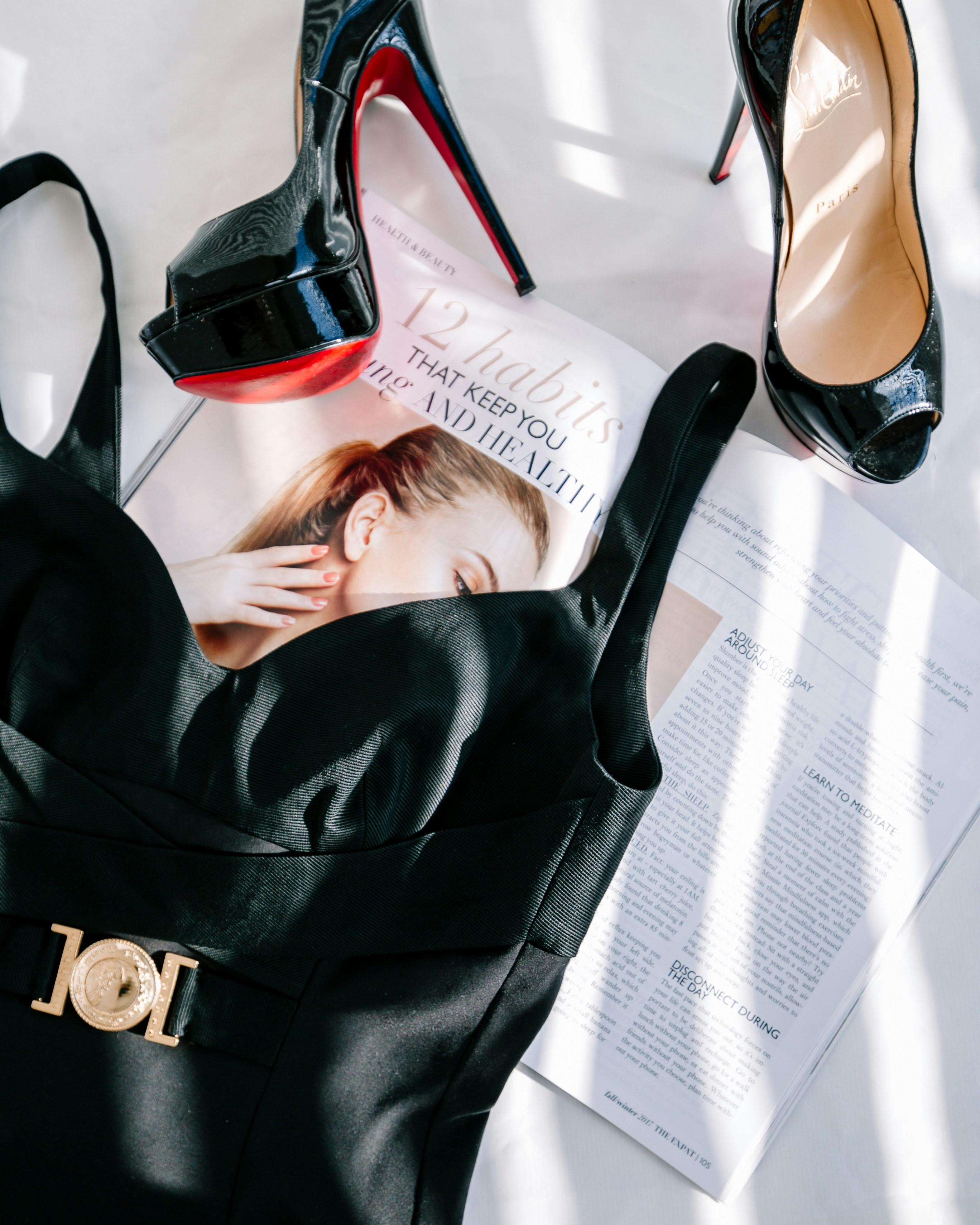
Luxury fashion walks a fine line between maintaining its air of exclusivity and embracing the evolving demands for inclusivity. High-end brands have traditionally thrived on scarcity and prestige, drawing in consumers with the allure of unique, limited-edition pieces. However, the industry is witnessing a subtle shift. As social media platforms democratize fashion, these brands are now engaging with a more diverse audience, seeking to widen their appeal without diluting their core identity.
- Collaborations with mainstream brands: Partnerships with accessible labels have introduced luxury aesthetics to broader markets.
- Expanding size ranges: Some luxury houses are now offering a wider variety of sizes, promoting inclusivity.
- Innovative marketing strategies: Brands are using digital platforms to connect with younger, more diverse consumers.
Despite these efforts, the essence of luxury still hinges on its exclusivity. The challenge lies in creating an inclusive experience that doesn’t compromise the brand’s prestigious allure. As the industry continues to evolve, finding this balance will be crucial for luxury fashion’s future.
















